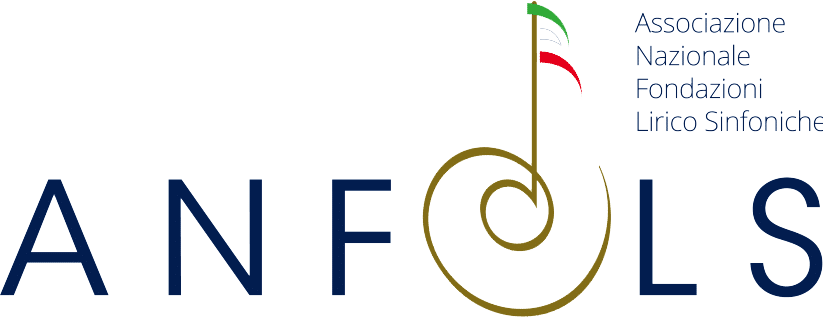by Mattia Giusto Zanon
The following essay was written for Calibano #1 – Madama Butterfly/The Oriental Woman, the cultural in-depth magazine of the Rome Opera House
A new translation recently published in Italy by the publishing house Meltemi is a good opportunity to rediscover the work of this unconventional American intellectual who has influenced the history of feminism with her own original approach.
It is strange, but even the simple act of crying has to be studied. That is because it is not always the same, subtleties can be hidden among tears. Depending on the subject and the occasion, tears might reveals many different and multifaceted meanings. They might be an emotional blackmail, or they might be heartfelt. If shed during a lesson in a school classroom, for example – tears could serve to bring forward a discussion or to draw the general attention away from the latter by diverting it to an insignificant detail, which should therefore be ignored, sometimes even with surgical precision.
This is the thinking behind Time to cry, an important chapter of Teaching Critical Thinking. This is the most recently published translation to date in Italy of a book by bell hooks, born Gloria Jean Watkins (1952-2021), a celebrated American scholar whose entire body of work has focused on the intersectionality of race, capitalism, gender issues and the way in which systems of oppression and class domination are perpetuated. A feminist intellectual and lecturer, author of some forty books, hooks has taught at prestigious US universities and received international recognition for her work, which has been translated into many languages. This work of hers questions the relationship between school and democracy and follows Teaching to Transgress and Teaching Community, books which were recently published in the series “Culture Radicali” by the publishing house Meltemi, completing the trilogy dedicated by hooks to teaching inside and outside the university classrooms.
And the classrooms are indeed the places in which the minds of the new generations are formed. These are the battleground on which hooks gives her thoughts. She raises various points, including a very interesting one: although speaking openly about our frailties can help us as well as others, we still live in a strongly gendered and defined environment. This setting does not encourage, for example, as much as a female teacher would like to, to let herself be emotional in front of a class, or risk falling into a pre-constituted stereotype of female frailty to which she certainly does not want to be part of. Crying, and with it the expression of emotional distress, thus takes on a symbolic, transcendent value that goes far beyond the simple action. In fact, it is also a political, and confrontational connotation that allows plenty of room for interpretation.
If anyone had raised an eyebrow so far, no, these were not typos: ‘bell hooks’ is spelled just like that, in lower case, and that is by her own choice. As a black woman, who was the daughter of factory workers, she has always used this pseudonym to sign her lyrics, where bell was her mother’s and her great-grandmother’s middle name, while the latter was her surname. They are all written in lower case. This is a tribute to her ancestors, to redeem the lives of women who lived in slavery, but also an understatement and at the same time an invitation: it is not the centrality of the person who is writing or speaking that counts, but the contribution she can bring to the community through what she is writing. In essence, this is an invitation not to look at his or her name, not to give it too much importance, and to avoid as much as possible the undesirable temptations of self-referentiality.
Born in Hopkinsville, Kentucky, in 1952, in a family in which typical patriarchal and violent dynamics prevailed, embodied by the father figure, hooks spends her early school years surrounded by a context of extreme racial segregation, to the point that she recounts having met a white person for the first time when she was sixteen. It is precisely in such a social and family environment, public and private, that Bell’s eye is trained to unmask the power games dictated by a hegemonic power built not only on racial hierarchy, but also on gender power. And perhaps it is there that was formed the idea that she will pursue for the rest of her life.
It is also in the same confusion of repressed emotions and male chauvinism that hooks’ book The Will to Change is set, recently published for the first time in Italy by il Saggiatore (which also published All About Love and in the coming months will also publish Communion, hooks’ pivotal work hitherto unpublished in Italy). In the book The Will to Change, hooks investigates masculinity as it relates to violence, repression of emotions and neglected affectivity. In the introduction, when reflecting on the fact that most women have experienced their relationship with their fathers in terms of fear, oppression, and lack of confidence, hooks asks why feminism has been unable or unwilling to attempt a new interpretation of the male world other than through the lens of violence, refusing to explore in depth the relationship experienced with a man in the various roles of mothers, wives, daughters, sisters, and refusing to create a space for reconciliation between the two sexes.
‘Thinking is an action’, hooks says, and ‘critical thinking involves first discovering who, what, where, when and the how of things and then using that knowledge in such a way that we can establish what matters most’. And critical thinking makes hooks realise that perhaps women are not all the same, and therefore the demands cannot always be naively the same: individual identities and affiliations must be taken into account. Becoming aware of different identities by rejecting a trivialised analysis of the characteristics that define being a woman. This has been spoilt for too long by the illusion of ‘sisterhood at all costs’, not least because sometimes it is this that prevents the implementation of an honest alliance that starts precisely from an understanding of differences, thus risking instead the replication of the same power patterns imposed for years by the rulers. And it is bell, between 1972 and 1973, who was the first to unhinge the univocal identity assigned to the concept of woman, and for this alone, she deserves a second reading.
Mattia Giusto Zanon is an Italian journalist. He writes for some of the leading national and international newspapers such as Harper’s Bazaar, Il Venerdì di Repubblica, Internazionale and Esquire, where he mainly covers Culture and social phenomena. He lives between Rome and Venice. He was a finalist for the Ernest Hemingway Pope Prize 2020, the Calvino Tales Prize 2021, and in 2022 he received an Honorable Mention from the Italian Ministry of Foreign Affairs and the Italian Cultural Institute of Caracas for the screenplay of the short film Las Aguas Vuelven.
Calibano is the new magazine of the Rome Opera House. Created as a space for in-depth analysis and debate around topical issues raised from the performances on the theater’s program and realized in collaboration with the publishing house effequ, the editorial project involves, every four months, the publication and distribution in Italian bookstores of a monographic volume dedicated to an opera title and a related theme, through the commissioning of essays, short stories and reviews by authoritative signatures. In this first issue, following Aida/Blackface, the magazine questions forms of European fascination with Japan and vice versa, starting with Giacomo Puccini’s famous opera Madama Butterfly.
You can buy Calibano on the effequ website at this link, in bookstores and at the Rome Opera House shop.
*The cover image was created by Francesco D’Isa using Midjourney













